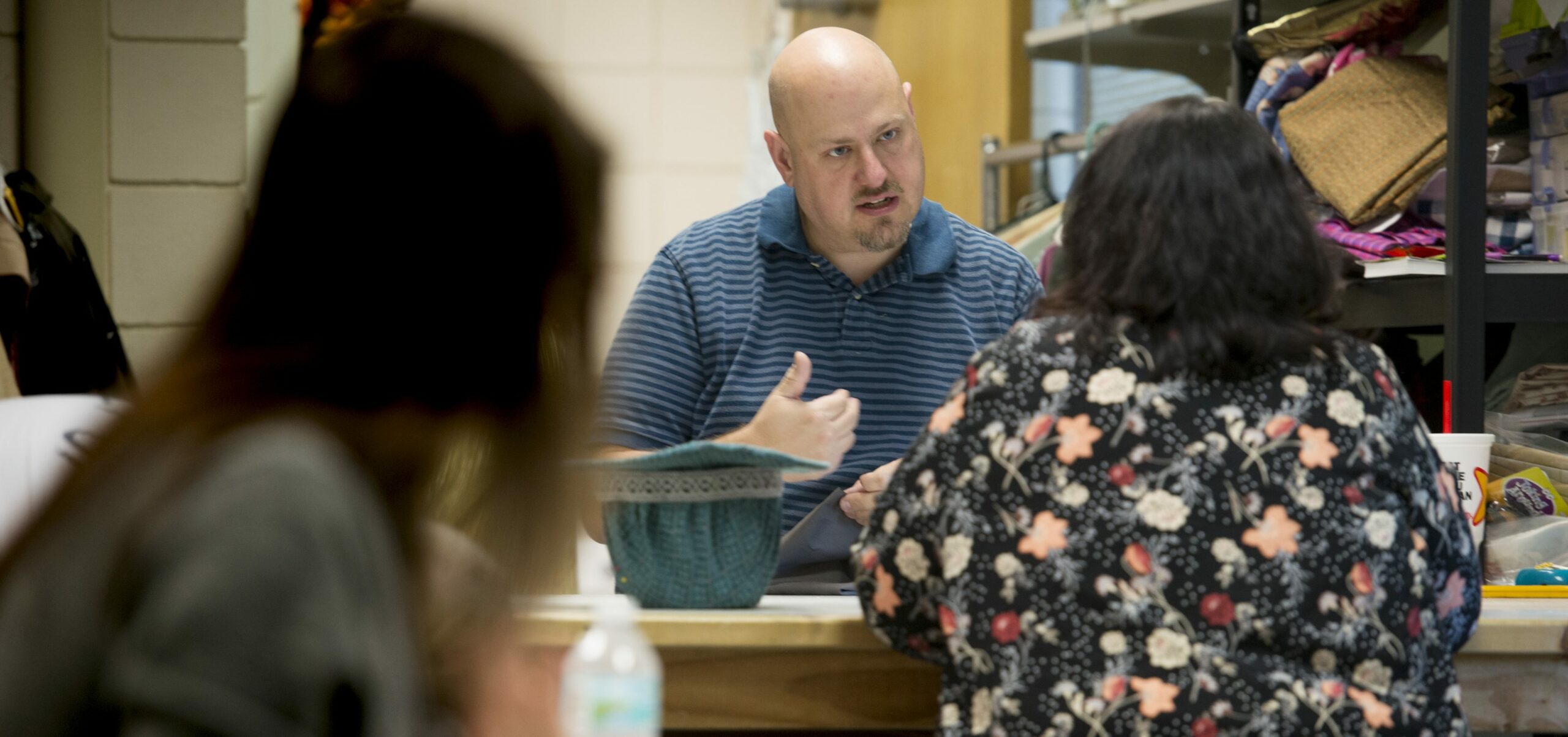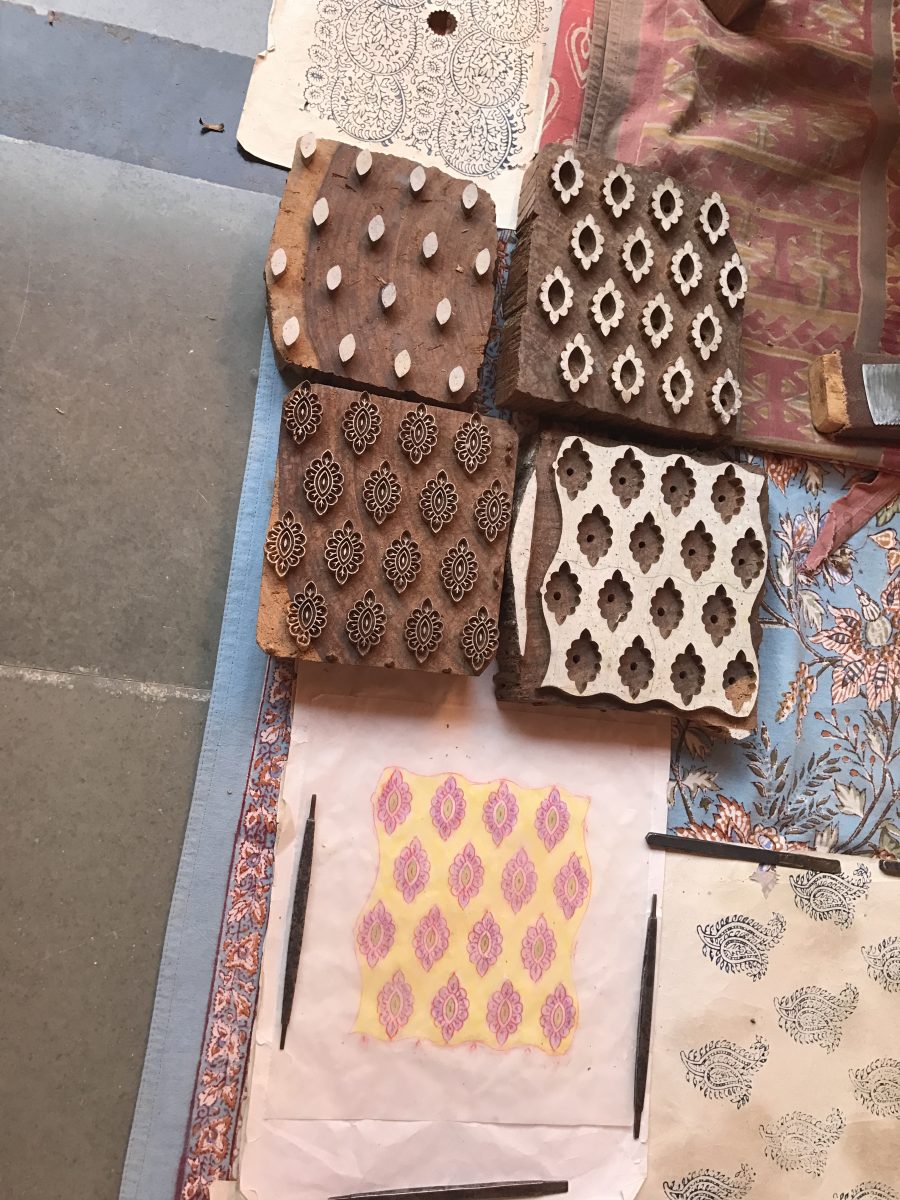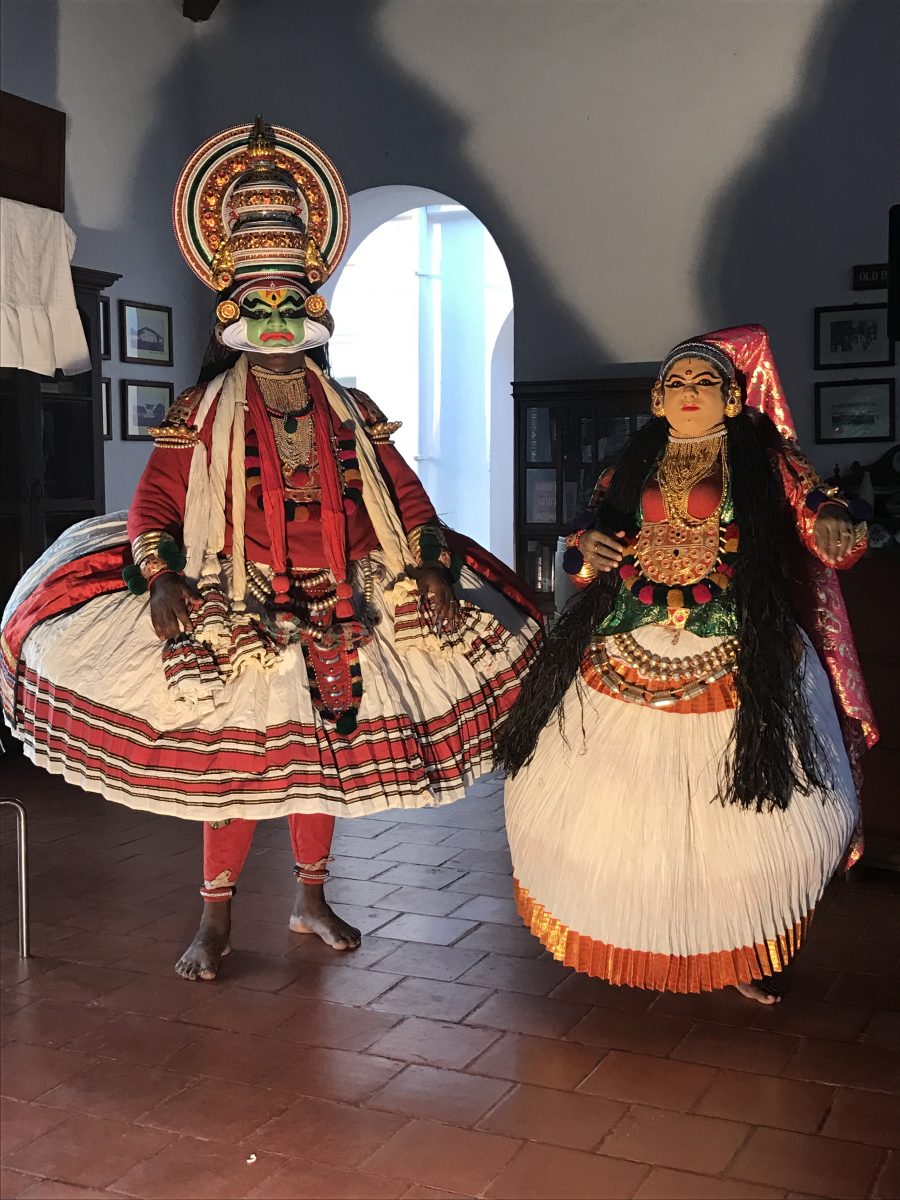UWF Associate Professor Explores Costume World in India
Pensacola – A costume design professor from the University of West Florida went on a research trip to India to learn about the country’s culture, textile industry and makeup techniques used in Bollywood.

Glenn Avery Breed, associate professor of costume design in the Department of Theatre, spent three weeks in India, along with 12 other costumers from the United States, recently. The trip was organized by Holly Poe Durbin, a costume design professor at the University of California at Irvine, with the purpose of exploring the costume world in India.
They traveled from Jaipur, Agra and Delhi, in northern India, all the way to Cochin and Mumbai, located halfway between northern and southern India.
As soon as they landed in Jaipur, they went to The Anokhi Haveli Museum, which features special hand print textiles.

Breed said the quality of the fabric is far superior to that of the United States. He said it was more intricate, especially the hand-printed textiles.
“All of the printing blocks make one pattern,” Breed said, referring to four different printing blocks. “It’s all natural ink. The dyes are all made from natural sources.”
Breed experienced Bollywood for a day and saw a live TV series being produced that was running in India during that time. The costumers also got to be extras for the show.
Breed, who has been in Hollywood as well, said that while there were more similarities than differences between the two industries, Bollywood has a completely different business system than Hollywood.
In Bollywood, another difference he noted was that costumes are kept in big trunks, while costumes in the U.S. are kept on racks that are more easily accessed.
“Dance is the main thing (in Bollywood), and the costumes don’t have to be period accurate as time moves on,” Breed said.
He said as a culture, Indians do not rely on electricity, which is often deficient.
“It’s a different culture in respect of how clothing is made,” Breed said. “They don’t use electric sewing machines. They use old-fashioned machines that haven’t been used in America in almost 80 years.”
Breed visited historic places and studied the country’s architecture. He went to the Taj Mahal, in Agra, as well as several palaces in Jaipur, and different mosques and temples.
Breed said one of his favorite things in India was the flora.

“The landscape and the gardens,” Breed said. “Everywhere we went to had beautiful gardens.”
The group of costumers learned about traditional Indian dances like Bollywood and Kathakali dances in Cochin, which is located in the state of Kerala. In Cochin, they also learned about makeup techniques and the elaborate costumes performers wear. The makeup the performers wear is made from precious stones and mineral oils, Breed said.
“It takes 300 rice bags to make that underskirt, and it takes 45 minutes to put him into the costume,” Breed said, referring to the elaborate costumes the Kathakali dance performers wear. “The skirt goes on top of all the rice bags. It’s a lot of work.”
Breed was astonished by the poverty of costumers in India. When he went to India, he said his biggest challenge was getting money because they could only withdraw two thousand rupees from the ATM – which is equivalent to $20 dollars – per day.
“The yearly salary of a woman who makes costumes in India is 20,000 rupees,” Breed said.
Breed also said he talked to an Indian costumer that said she lived in a room with her entire family. They share the house with three more families.
“Because it’s a foreign country, I ordered a custom-made shirt, and it was delivered to me that same day at night to my hotel room,” Breed said. “It was $80 dollars. A custom-made shirt here would be around $200-$250.”
Breed said he gained a lot of new knowledge from his trip to India.
“I will teach some of the fabric printing and blocking techniques I learned in India to my students as well as how some of the costumes are made and the history behind them,” Breed said.
Written by: Juliana Lievano, Student Intern for CREO.



